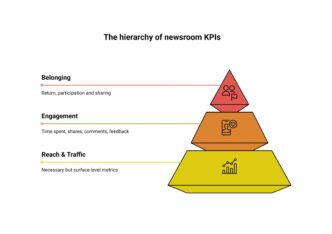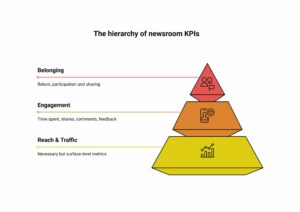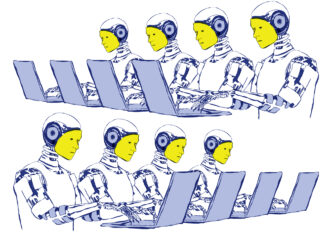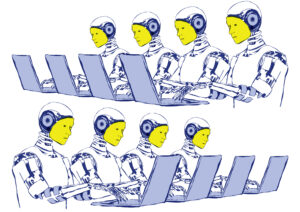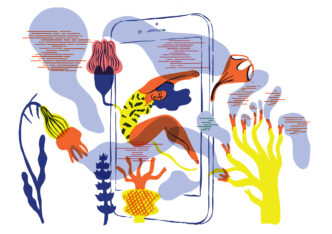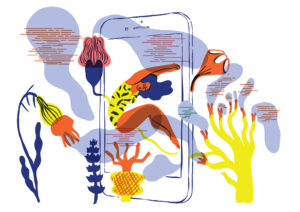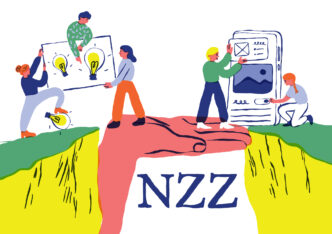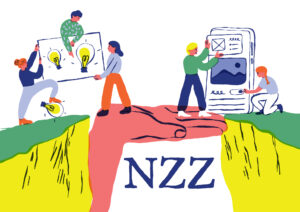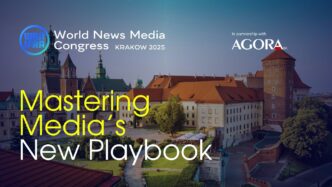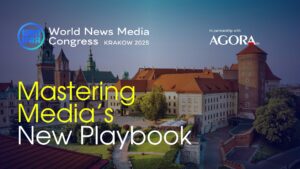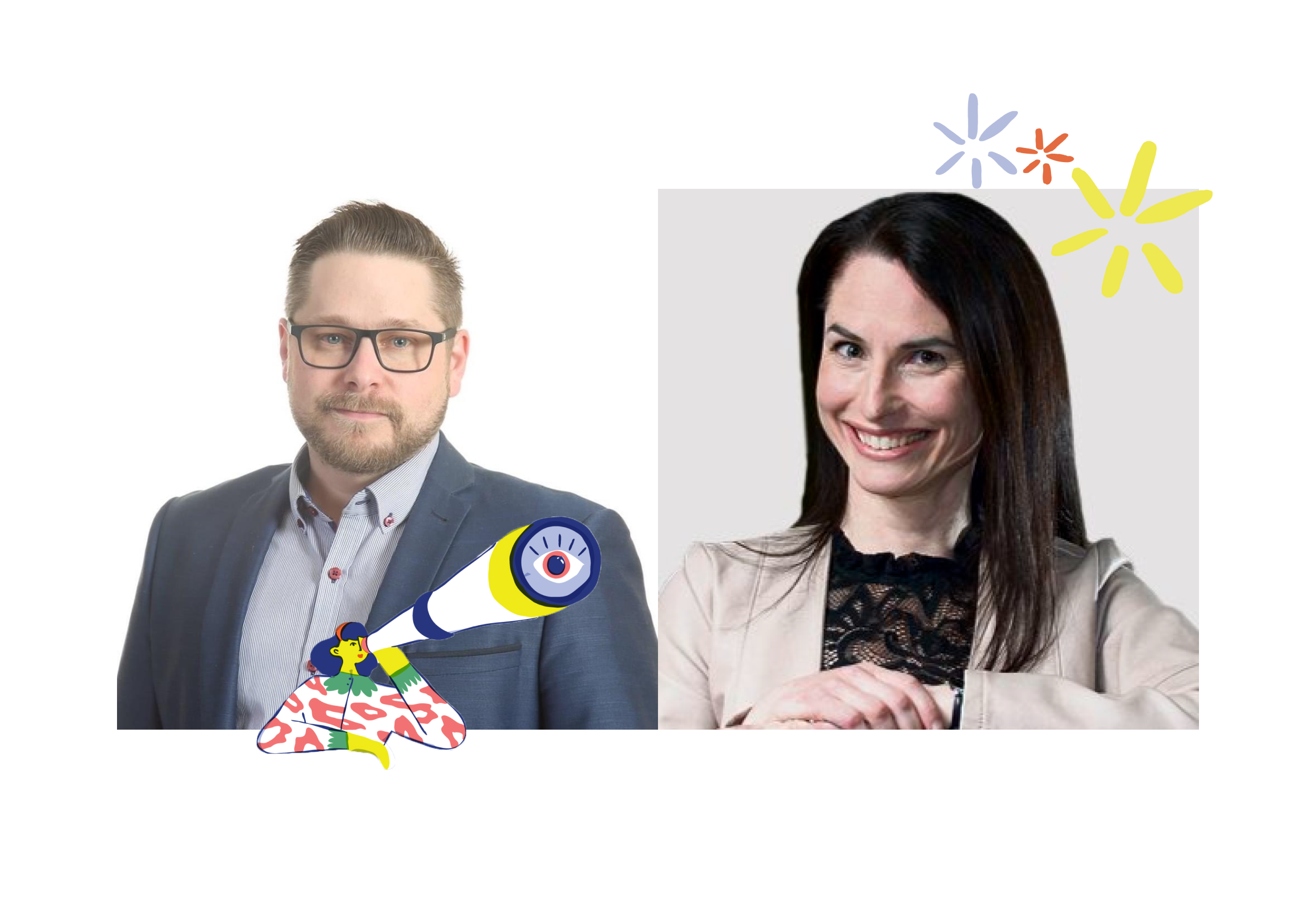

Can you introduce the Les Coops de l’info group?
Les Coops de l’info is a cooperative press group of six local publishers and one media for younger audiences.
Our local media serve six regions in Quebec and Eastern Ontario. The oldest of our media, Le Soleil, has been covering the greater Quebec City area since 1896, while our youth site, aimed at ages 8-12, Les As de l’info, has just celebrated its first anniversary.
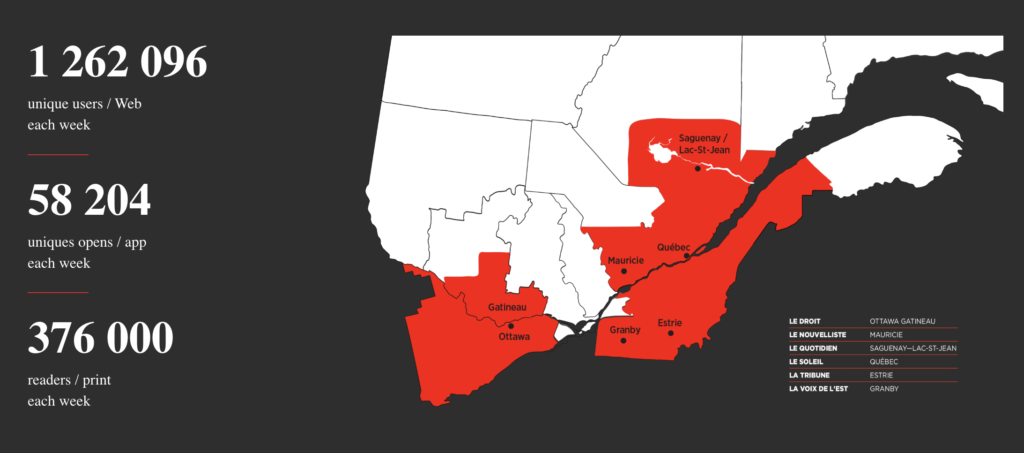
Kim, what’s your role in the group? What are your main challenges at the moment?
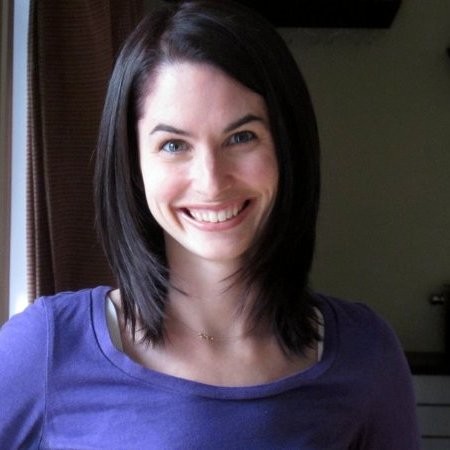
I’m the Digital Growth Coordinator. My main task over the last few months has been to train teams on how to use (and maximize value) of our new CMS and other tools that will enable us to achieve our goal of having 100% digital distribution by the end of this year. I also have the task of working with the entire Digital Growth team to acquire new subscribers.
Historically, as a publication, we’re well anchored in print, so making the transition to digital has been a major challenge. In my day-to-day job, it’s the mindset change that’s the biggest challenge.
.
Marc, you’re the Senior Director, what exactly does your role cover? What kind of decisions do you make, and which ones don’t you? And above all, my favorite question, what are your success indicators, the ones you get up for every morning?
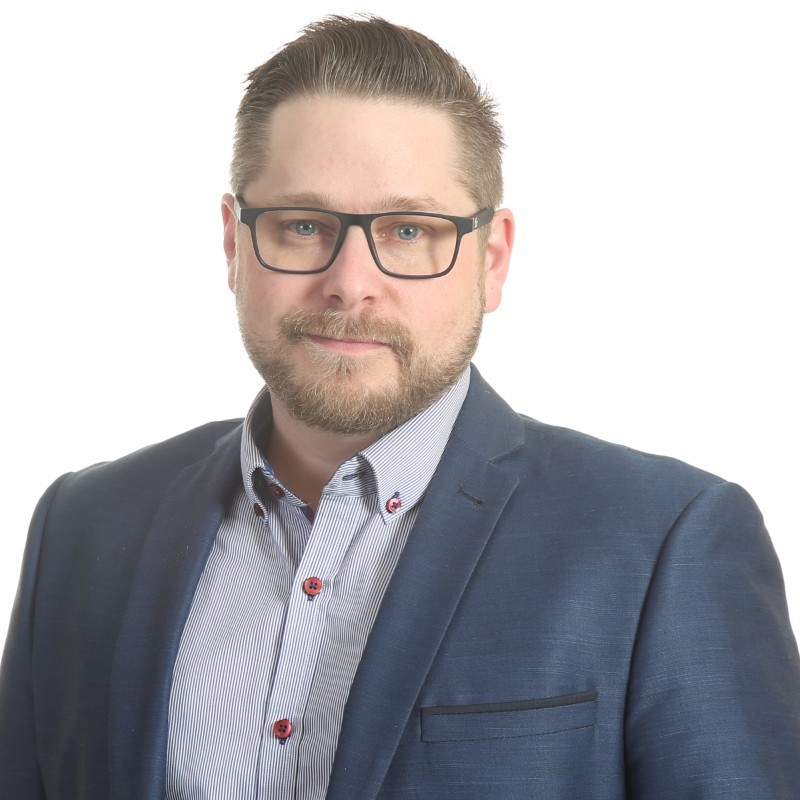
I often describe myself as the “digital ping-pong ball” of our organization! It’s a very sprawling role, but essentially I help the organization to better embody its new, digital-first outlook, working to accelerate our growth in this direction.
In practice, this involves a lot of decision-making, some very fundamental, such as which direction we should take as a business for digital development, others more trivial, such as which color we should use for the background of a pop-up.
But, each time, I try to make decisions with some humility, because the only privilege our experience confers on us is the ability to make assumptions. At the end of the day, for every decision, the final word, the answer, must emerge from the communities we serve.
Although my career has mainly been on the editorial side, I no longer make day-to-day decisions on content. I leave this to the editors, publishers and journalists in our group to guide their coverage, shape their stories and deliver them to our audience. However, I do make sure to share my ideas and observations with the editorial team with the goal of helping the organization in its quest to better serve readers, growing both reach and subscribers.
The indicators I’m most concerned with are those that reflect brand loyalty. Whether it’s engagement time, recirculation, number of subscribers to our newsletters… anything that demonstrates that our offer meets (or doesn’t!) the needs and expectations of our audiences is of the utmost concern to me. That and subscriber revenue, of course!
Note: since this interview, Marc has now also taken on the responsibility of Publisher of Soleil, the largest title in the group.
Four years ago, the group was in a very bad position. Can you explain where you were, and why?
In 2019, we had a single owner who, while investing in our digital growth, quickly ran out of resources to sustain the pace of development and withstand the crumbling advertising market.
By the end of summer 2019, we were on the verge of bankruptcy. Without emergency assistance from the Quebec government, the 350 or so employees of our press group would have been out of work, and six regions of Quebec and French-speaking Ontario would have seen the disappearance of a century-old publication that has played a huge role in their history.
Our owner was forced to step down, and an interim administrator was appointed to manage the organization while we searched for a buyer.
Marc, what was the decision taken to ensure the survival of your titles? And can you tell us how you came to this decision, and in particular, what paths you took to reach it?
A number of potential buyers showed an interest in our group, but only one project showed any real potential of sustainability – a collective ownership, born from the support and action of our employees and communities.
In our six communities, people rallied around the project to create news cooperatives. Businesses, readers, family members and organizations have contributed financially to the project.
At the end of 2019, the court finally granted us ownership of the company, and institutional backers gave us their support. That’s when the Coopérative nationale de l’information indépendante (CN2i) was born.
Kim, what did this decision mean to you? How did it change your daily life?
The biggest benefit of the relaunch was that it meant we could keep the regional publications that make our communities shine, whilst also contributing to democracy in our communities. Of course, it also meant I could keep my job and get involved in the company in a different way. Right from the start, I was appointed to the Board of Directors. So, in addition to my day-to-day work, I was actively involved in setting up a new management model.
In concrete terms, what was the first step you took? Marc, as Senior Director, and Kim, as Digital Growth Coordinator?
Marc: When CN2i was formed, I was editor-in-chief of La Voix de l’Est, the group’s smallest media outlet (and North America’s smallest French-language daily).
In the first few months of our new coop’s existence, I took the role of Digital Team Leader for the entire group, a brand-new position whose mandate, among other things, was to work on developing our digital subscription strategy, a project we hoped to achieve within 12 to 18 months of our coop’s launch.
But that was without knowing that a global pandemic would slightly disrupt our plans.
Kim: I was officially appointed Coordinator in January 2023. My first task was to train the teams for the new CMS, which was very different from our old one. Although the training was mainly technical, I made sure to infuse the mentality shift into the training sessions, but above all to accompany teams following this in deploying new platforms. At the same time, my involvement in the Board of Directors gave me the opportunity to install the new cooperative model in the company. The first step was undoubtedly to understand the mechanics so as to communicate them effectively to members.
What was actually quite easy?
Marc: I wouldn’t say it was easy, but I have to say that COVID-19 and all the health restrictions imposed on us from March 2020 served as a catalyst for our digital transition.
It wasn’t long before the group’s management decided to stop printing and distributing our weekday print editions and keep only the Saturday one. With virtually all shops and businesses closed due to health regulations, our print editions were virtually ad-free. Delivering ad-free copies every day would have quickly squandered our financial resources.
It was also at this time that the decision was made to accelerate the launch of digital subscription offers, which we finally achieved at the very end of November 2020.
We had conservative targets for digital subscription, not really knowing how it would all evolve. But at the end of our first full year of a new business model, we had 2.5 times as many subscribers than we’d hoped.
It proved what author Simon Sinek says, that people don’t buy what you do, they buy why you do it. Our communities have recognized the unique, precious yet fragile nature of what we have to offer, and they’ve let us know by subscribing.
But the hardest part is ahead of us. It’s not the first 100 subscribers that are hard to win, it’s the next 100, and then the 100 after that. Over time, we need to redouble our efforts to convince people of the value of our digital content and products.
Building a digital subscription model takes a lot of time and patience!
Kim : Change is never easy. We’ve been through quite a few over the past few years. On the other hand, our communities’ attachment to their media has been tremendous, and it’s given us wings to fly through the trials and tribulations.
What, on the other hand, has been much more difficult than you imagined?
Marc: Internally, I’d say it was breaking our habits. Most members of our organization learned their trade in a context where our main product was a daily printed newspaper. Deadlines, and creative and editorial processes (in short, our entire work organization) revolved around the industrial and logistical imperatives of printing and delivering a printed newspaper.
Embracing digital storytelling modes where we have to consider that our readers are not a homogeneous block, but rather a tangle of communities made up of audiences with needs and habits as varied as they are numerous, is not so simple. Even if everyone shows good will, and understands that it’s up to us to adapt to user needs, habits quickly take over when the pressure mounts.
Kim: Marc describes it very well! The change in people’s work habits hasn’t always been effortless. It’s totally normal and human! We all work very hard together to support the teams, train them, and use their formidable expertise to shape it in a changing context. The aim is to be agile, test and innovate.
What lessons did you learn when implementing your new CMS (ArcXP), and how did this help in your digital transformation?
Marc: I would say that the biggest lesson learned is that there is no finish line. Implementing a new CMS is not like printing a newspaper. There is no finished product. It’s a process. A long process during which you have to make some decisions on what is a priority, what is not, during which you have some landmarks and some hiccups. There is a moment when you say: “It’s good enough” and you go live. And then, the real implementation process, through testing and learning, though optimizing and innovating, begins.
Our digital transformation journey is pretty similar. We still have a lot to learn, to discover, but we will do so through the contact with our audiences within the communities that we are building.
One of the most crucial points in your transformation was the switch to digital subscription: can you tell us about what you put in place and the results you achieved?
For the first two years following the launch of our digital subscription, we had a fairly static metered paywall strategy. Anonymous readers were offered three articles a month, logged-in users six, and subscribers had full access.
Since our switch to Arc XP in April 2023, we’ve adopted a dynamic paywall strategy thanks to the implementation of Poool’s paywall solution, Access. This has enabled us to explore new ways of engaging readers and capitalizing on their interest in our content, whilst maintaining a metered model similar to the one we had before.
In particular, we tested a non-blocking wall that appears whenever an anonymous user arrives from a search engine. Instead of blocking with a paywall, we first ask them to subscribe to a newsletter in exchange for access to the content with the goal of increasing engagement and allowing them to discover our title. The result: our newsletter mailing list grew by 26.3% in the first month, and 66% in the following three months. This enables us to develop a relationship with these users and, in the long term, higher chances of convincing them to subscribe.
If you were to relive this period, what would you do differently?
Marc: Communicate better and more, admitting to others, and to myself, that I don’t have all the answers. The more I learn about the digital world, the more I realize that I don’t know anything. Worse still, the more I realize that what I took for granted just a few days ago can evaporate in an instant.
The digital ecosystem is eminently volatile, unpredictable, complex and ambiguous. We’re all looking for predictability and certainty, but that’s virtually impossible these days. Our efforts, ideas and resources are just some of the many variables that determine the success or failure of a project. There are so many external factors that can influence our operations, we can’t help but run out of steam trying to predict and control everything.
So, if I were going through this period again, I’d want to know that from the start and be able to communicate it to my fellow cooperators.
Kim: Marc makes an excellent point: communication. We’re a communications company, but in the end we may have been a bit of a shoemaker with a bad shoe. However, it’s important to remember that all these transformations have taken place in the context of a pandemic. We’ve come a long way in our remote interactions, and we now have mechanisms in place that make communication faster and more efficient.
If I were to talk to one of your employees who was there before your digital transformation, and who is still there now, what would they tell me about the evolution of the company?
Marc: That nothing is simple, without a doubt! And that sometimes things don’t move as quickly as we’d like. But that’s part of the cooperative concept: you have to know how to rally people around major issues and decisions. We have to do everything we can to ensure the cohesion and unity of the group in order to carry out our mission of providing local information.
Kim: There are many different answers! Certainly, the change is phenomenal, and yes, it’s not moving as fast as we’d hoped, but it is moving. I believe that, above all, our company is a source of pride not only for our community, but also for the workers who own it.
What are you most proud of?
Marc: I’m proud that we gambled on direct user contribution, and that our subscription figures have proved us right.
With the decline in traffic from social media, volume-based revenue sources are under pressure. In the case of subscription, it’s engagement that fuels growth. So I feel that everything we’ve been building for just over three years means we can look to the future with more confidence.
Kim: To see how far we’ve come! We raised this company from the brink of bankruptcy, and now we’re working at arm’s length through the various stages of this digital transformation. That makes me really proud! Our communities are behind us, and that’s an essential driving force for the future.
What advice would you give to a media group embarking on a similar project?
Marc: Trust yourself! A collective project like ours requires a lot of commitment and adaptation. The roles are often ambiguous, with employees having to wear several hats. It requires a great deal of indulgence, patience, communication and transparency. And for that, you need to have confidence in yourself and in your partners.
Kim: You have to have a plan, but be agile. You also need a lot of patience and kindness, because changes always bring their share of discomfort and challenges. You have to be ready and resilient.

